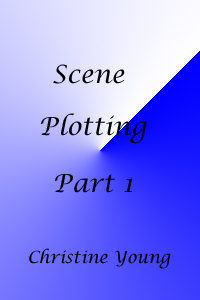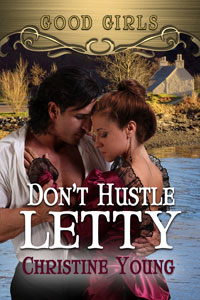Characterization: Inside & Out/Part One
Characterization, how important is it?
One of the most critical elements in a novel is the characterization, especially of the hero and heroine. In the next weeks we will explore important elements of creating the best characters possible.

Characterization: Step 1
I rarely use this entire chart. I pick and choose what works for that particular character. Because I write mostly historical romance, some of the key elements won’t work. I especially like the favorite phrase. Much of this can be used and I will keep it side by side with my ms. as I write.
Date this chart was completed:
Of course the author should know the character’s full name. We all understand how the use of a full name can differ in intensity when the full name is used versus part of the name.
Character’s Full Name:
Reason or meaning of name:
Nickname: Reason for nickname:
Use a character naming source book when choosing names of your characters. The meaning of a name can give insight into the character. For example in my paranormal romance, Sweet Sexy Sadie, the hero’s name is Brody which in Apache means fire starter. Brody is an explosives expert.
The heroine’s name is Sadie. Sadie mean princess and one of Brody’s pet names for Sadie is of course, Princess.
Characterization: Birth Date & Astrological Sign
Is the date of birth important? Maybe–maybe not. In some of my books, I use the information from their astrological sign. The astrological sign gives positive aspects of the characters personality as well as negative aspects. This knowledge can be used to show the growth of the character throughout the story.
Birth date:
Astrological Sign:
Characterization: Physical Appearance
The physical appearance of our characters is, I believe, one of the most obvious. However, a writer can use physical appearance to help create a brand. Ask yourself what type of reader am I writing for? Try to keep your characters similar in nature so your followers know what to expect.
For example, many romance readers are middle aged plus sized women. As an author and a reader, what type of hero and heroine do you want to brand yourself to. A middle aged woman who is plus sized might want to see a heroine similar to herself able to entice a man with six-pack abs and broad shoulders who is handsome as well as debonair.
Age: How old does s/he appear?
Eye Color: Glasses or contacts:
Weight: Height:
Type of body/build:
Skin tone: Skin type:
Shape of face:
Characterization: Predominant features
As an author, you might not use all of the below. However, the features listed can be used to enhance the quality of your novel.
Distinguishing marks
Hair color:
Distinguishable hair feature (bald,
receding hairline, etc.):
Type of hair (coarse, fine, thick, etc?)
Character’s typical hairstyle:
Looks like:
Is s/he healthy?
If not, why not:
Physical disabilities:
Characterization Chart
When I write, I keep both my scene plotting charts and my characterization charts by my side. I fill out detailed charts for both my heroine and hero. I use modified charts for my other characters. Keeping these charts nearby give reminder to me as to who I’ve created and the growth of the character.





Finding and chasing bad guys. The steps to a well written fictional character mirror those we used in police work. Where we were actually describing a real person and digging into what made them tick, the outcome was the same. An understanding. The writer tells themselves first and then the test is just how well the reader gets it. That look of surprise when we showed up, warrant in hand, never failed to amuse me.
Very interesting. Would love to hear more.
This is interesting. I am aware that most readers soon build up a mental picture of characters so I try to describe characters’ appearances soon after they are introduced to the story. However sometimes this can look a little ‘clunky’ on the page so I might just give a very brief description and add to it as the opportunities present themselves. i.e. if there is a dialogue and the new character is participating, I might add ‘ Jane shook her black curls in disagreement’ if I have not mentioned Jane’s hair before.
How do other authors get around the issue of describing a new character without sounding like you are bombarding the reader with lists of information? I find this is particularly something to avoid when you are introducing multiple characters at the same time who will be major characters in the story.
Introducing multiple characters at the nearly the same time is tricky. It’s so important the reader recalls each character.
I read all of your tips about plotting and characterization and I have to say they’re excellent. If writers plan first, they can avoid many problems later. I write a lot of non-fiction, so I use clustering (a good book on this is Writing the Natural Way). I outline each of my chapters on those big file folders and then cluster ideas for each chapter. This helps when I write the book because all the material is organized and ready to go.
Please keep these articles coming. They are very helpful and you explain the methods well.
Thank you. I plan to keep the articles coming. I have much more on Characterization. This is just part one.
I agree with you that planning is everything when it comes to writing.
[…] OTHER POSTS ON CHARACTERIZATION […]
[…] CHECK OUT OTHER POSTS: […]
[…] CHECK OUT CHARACTERIZATION PART ONE […]